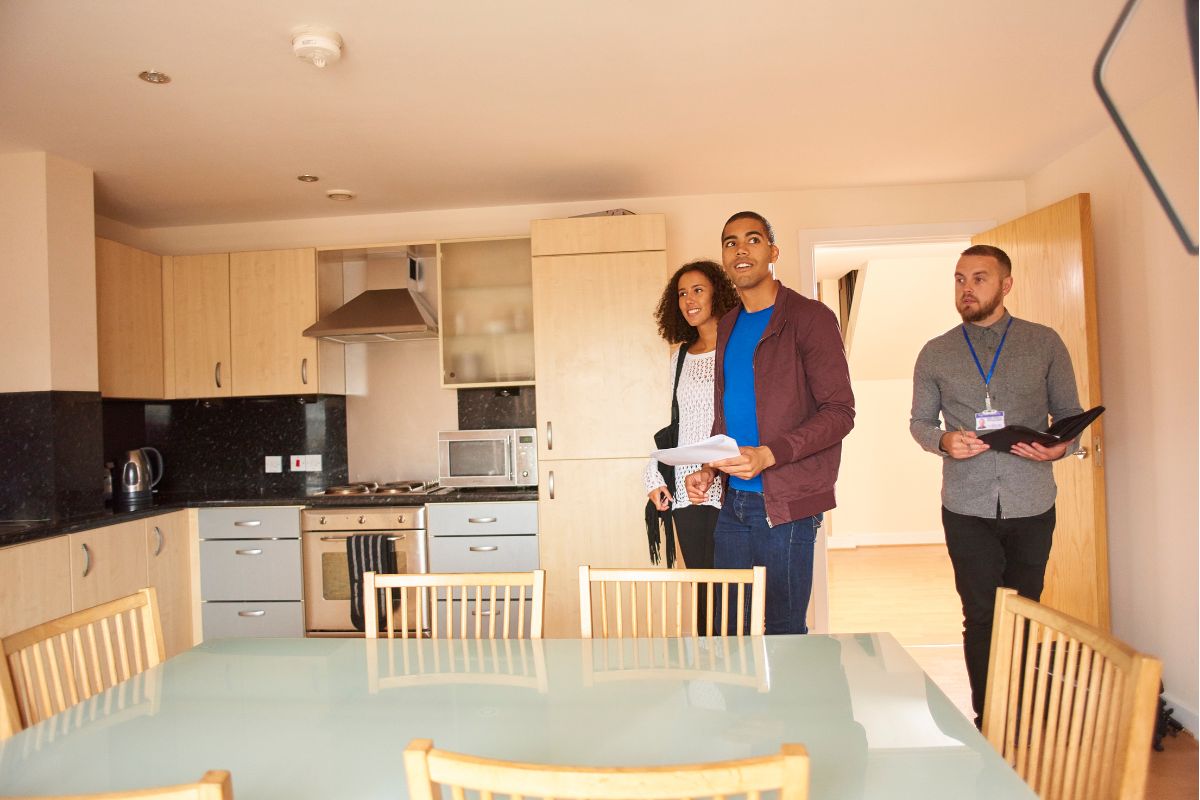Self-managing rental properties can be a cost-effective way to maximize your profits and maintain control over your investments. However, without a structured approach, it can quickly become overwhelming. This “how-to” guide will provide you with a practical, step-by-step plan to efficiently self-manage your properties while minimizing stress and maximizing returns.
Step 1: Understand Your Responsibilities as a Landlord
To succeed as a self-managing landlord, you must fully understand your role and obligations. Your primary responsibilities include:
• Legal Compliance: Familiarize yourself with local, state, and federal landlord-tenant laws.
• Tenant Management: Handle tenant screening, lease agreements, rent collection, and conflict resolution.
• Property Maintenance: Ensure properties are habitable and address repair requests promptly.
• Financial Management: Keep accurate records of income and expenses, budget for maintenance, and prepare for taxes.
By understanding these responsibilities, you can create a strong foundation for your property management strategy.
Step 2: Market Your Property Effectively
A well-marketed property attracts high-quality tenants. Here’s how to do it:
1.Create a Detailed Listing:
• Highlight unique features (e.g., modern appliances, pet-friendly policies).
• Include high-quality photos of every room and exterior spaces.
2.Advertise Strategically:
• Use platforms like Zillow, Realtor.com, and Facebook Marketplace.
• Syndicate your listing through property management tools like Turbo Tenant or Tenant Cloud.
3.Set a Competitive Rent:
• Research similar properties in your area to set an appropriate rental price.
• Consider amenities, location, and current market demand.
Step 3: Screen Tenants Thoroughly
Tenant screening is critical to avoiding future issues. Follow these steps:
• Use Screening Tools: Platforms like Avail, Cozy (Apartments.com), or Buildium allow you to perform credit checks, background checks, and rental history verifications.
• Establish Criteria: Decide on acceptable income levels, credit scores, and rental histories.
• Verify References: Contact previous landlords and employers to confirm the tenant’s reliability.
Ensure your screening process complies with the Fair Housing Act and other local regulations to avoid discrimination claims.
Step 4: Draft a Rock-Solid Lease Agreement
Your lease agreement is the foundation of your landlord-tenant relationship. Here’s how to create a strong lease:
• Use Customizable Templates: Platforms like LawDepot or Rocket Lawyer provide state-specific templates.
Include Key Terms:
• Rent amount and due date.
• Security deposit details.
• Maintenance responsibilities.
• Rules regarding pets, smoking, and subletting.
• Review Local Laws: Ensure your lease complies with local regulations on security deposits, eviction procedures, and tenant rights.
Step 5: Collect Rent Efficiently
Collecting rent should be straightforward and stress-free. Here’s how:
• Automate Payments: Use software like Door Loop, Hemlane, or Tenant Cloud to set up online rent payments.
• Send Reminders: Schedule automatic rent reminders to reduce late payments.
• Enforce Late Fees: Include late fee policies in your lease and enforce them consistently.
Online rent collection simplifies record-keeping and reduces the risk of errors.
Step 6: Maintain the Property Proactively
Well-maintained properties attract and retain tenants while reducing costly repairs. Follow these steps:
• Schedule Routine Inspections: Inspect the property regularly to identify potential issues early.
• Respond Promptly to Requests: Address tenant maintenance requests quickly to ensure tenant satisfaction.
• Use Maintenance Tools: Platforms like Rentec Direct and Buildium can help you track maintenance requests and assign work orders.
• Build a Contractor Network: Establish relationships with reliable plumbers, electricians, and handymen for emergencies.
Step 7: Communicate Effectively with Tenants
Clear communication builds trust and minimizes misunderstandings. Here’s how to improve tenant relations:
• Be Professional: Maintain a polite and respectful tone in all interactions.
• Use Tenant Portals: Many property management platforms include tenant portals for seamless communication.
• Set Expectations Early: Provide tenants with a welcome packet that outlines policies, contact information, and procedures for maintenance requests.
Step 8: Manage Your Finances Properly
Financial management is crucial for profitability. Use these best practices:
• Track Income and Expenses: Use tools like Stessa or QuickBooks to monitor cash flow and generate financial reports.
• Prepare for Taxes: Keep detailed records of deductible expenses, such as repairs, property taxes, and mortgage interest.
• Budget for Maintenance: Set aside funds for routine and emergency repairs.
By keeping your finances organized, you’ll gain a clear understanding of your property’s performance.
Step 9: Handle Tenant Turnover Smoothly
Vacancies are inevitable, but you can minimize their impact with a streamlined process:
• Start Marketing Early: Advertise the property 60 days before the lease ends.
• Conduct Move-Out Inspections: Use a checklist to assess the property’s condition and determine necessary repairs.
• Prepare the Unit Quickly: Clean and repair the unit promptly to reduce vacancy time.
Efficient turnover processes help maintain consistent rental income.
Step 10: Stay Compliant with Landlord-Tenant Laws
Legal compliance protects you from fines and lawsuits. Follow these steps:
• Research Local Laws: Familiarize yourself with regulations on security deposits, evictions, and tenant rights.
• Use Legal Resources: Platforms like Nolo and Rocket Lawyer offer guides and templates for landlords.
• Consult an Attorney: Seek legal advice for complex situations or disputes.
Step 11: Use Technology to Streamline Management
Modern tools can make property management easier and more efficient. Consider these options:
• Buildium: Full-service property management for landlords with multiple units.
• AppFolio: Comprehensive software for residential and commercial properties.
• Tenant Cloud: Free tools for small to medium-sized landlords.
• Stessa: Ideal for tracking rental income and expenses.
Investing in the right software can save time and reduce errors.
Final Thoughts
Self-managing rental properties is a rewarding way to take control of your investments, but it requires organization, diligence, and the right tools. By following this step-by-step guide, you can effectively manage your properties, maintain positive tenant relationships, and maximize profitability. With proper planning and the help of modern property management solutions, you’ll be well-equipped to handle the challenges of being a self-managing landlord.



